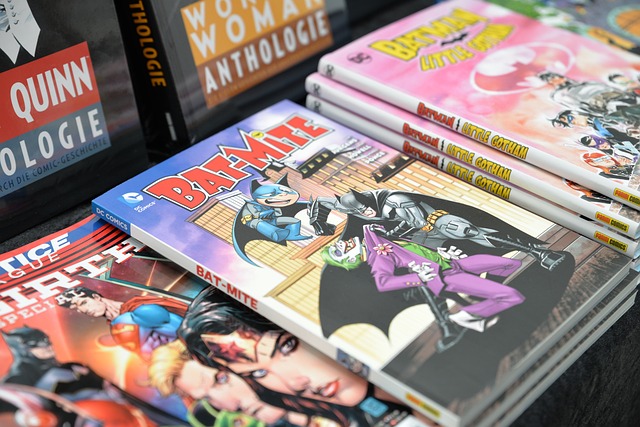Comic books are distinct from other forms of books, such as novels or non-fiction works, primarily due to their visual and sequential nature. Here are some key differences that set comic books apart:
- Visual Format: One of the most obvious differences is the use of visual elements in comic books. Instead of relying solely on written words, comic books incorporate illustrations, images, and drawings to convey the story. These visuals help enhance the narrative and provide a unique reading experience.
- Sequential Art: Comic books are a form of sequential art, meaning that they present a series of images or panels in a specific order to tell a story. The reader progresses from one panel to the next, following the narrative flow created by the arrangement of images and text.
- Panel Layout: Comic books use a combination of different panel sizes, layouts, and arrangements to control the pacing and emphasis of the story. The way panels are organized on a page can influence the reader’s perception of time, action, and emotion.
- Balloon and Caption Usage: Speech balloons, thought bubbles, and captions are common features in comic books. These elements provide dialogue, inner thoughts, and narration, respectively. The placement of these text elements within the panels guides the reader’s understanding of who is speaking or thinking.
- Visual Storytelling: Comic books use visual cues, such as facial expressions, body language, and background details, to convey emotions, actions, and settings. The combination of art and text allows for a more immersive and dynamic storytelling experience.
- Pacing and Timing: The pacing of a comic book is controlled by the arrangement of panels and the transition between them. This can lead to unique storytelling effects, such as building tension through page-turn reveals or capturing motion through sequential images.
- Genre Diversity: Comic books cover a wide range of genres, from superhero adventures and science fiction to romance, horror, and autobiography. The visual format allows for creative exploration across different genres.
- Collaborative Process: The creation of a comic book often involves collaboration between a writer and an artist. The writer develops the script, which includes both text and descriptions of the visual elements, while the artist brings the script to life through illustrations.
- Artistic Style: Comic books can showcase a diverse array of artistic styles, each contributing to the overall tone and mood of the story. Different artists may use various techniques, color schemes, and visual aesthetics to match the narrative.
- Collectibility and Culture: Comic books have a unique cultural significance and often carry a collector’s appeal due to their historical value, variant covers, and limited print runs. They have also played a significant role in popular culture, influencing movies, TV shows, and other media.
Overall, comic books offer a distinctive storytelling medium that combines visual artistry and written narrative in a way that sets them apart from traditional books.
